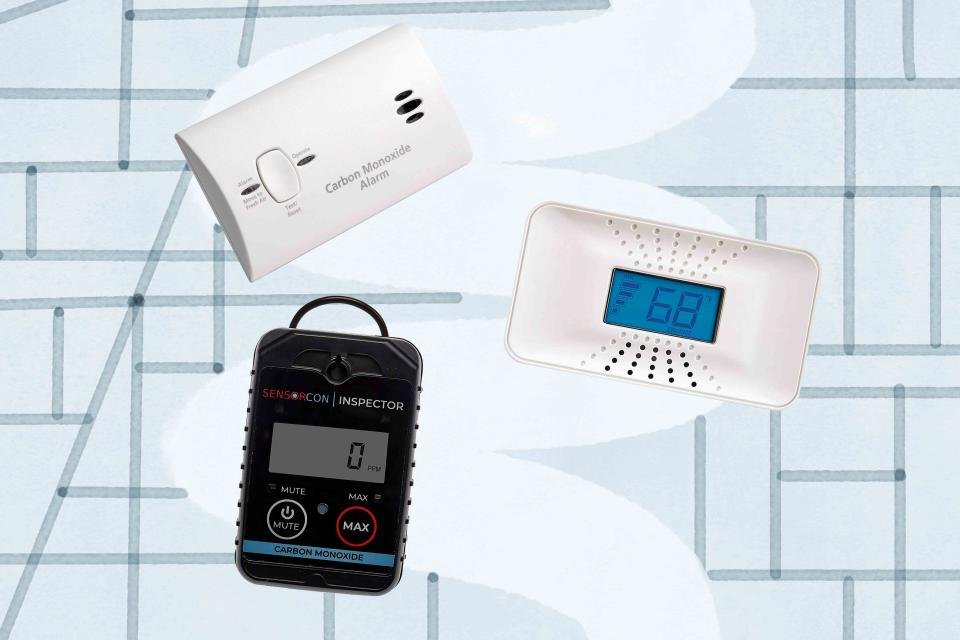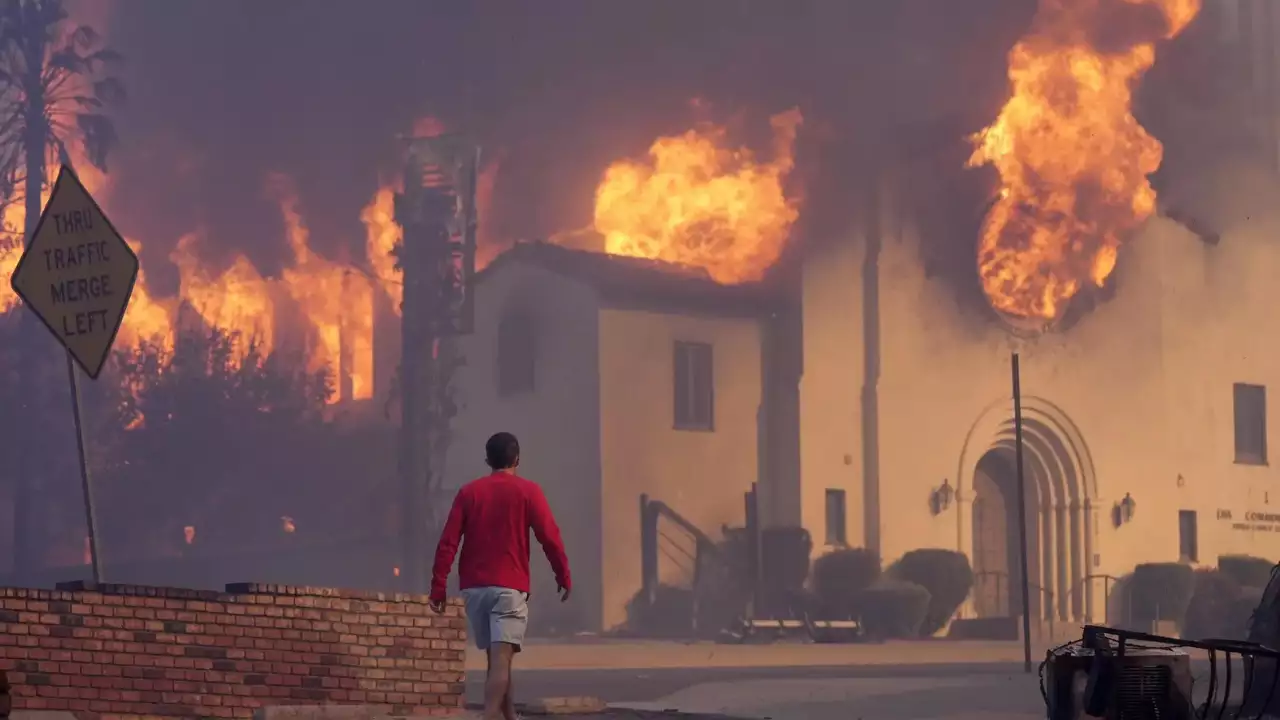When embarking on a journey, whether for business, pleasure, or exploration, safety is always a top priority. While most travelers focus on typical safety concerns such as securing their belongings or navigating unfamiliar terrain, one critical safety issue is often overlooked: carbon monoxide (CO) poisoning. For those traveling by car, staying in accommodations with gas-powered appliances, or venturing into remote locations with limited access to emergency services, a travel carbon monoxide detector is not just a helpful tool—it’s a must-have.
What is Carbon Monoxide and Why Is It Dangerous?
Carbon monoxide (CO) is a colorless, odorless, and tasteless gas that is produced by the incomplete combustion of fossil fuels. It can be emitted by common household items such as gas heaters, stoves, fireplaces, and even vehicles. When inhaled, carbon monoxide interferes with the body’s ability to transport oxygen, leading to symptoms like dizziness, headaches, nausea, and in severe cases, unconsciousness or death.
In fact, according to the Centers for Disease Control and Prevention (CDC), each year in the United States, approximately 400 people die from unintentional CO poisoning, with many of these incidents occurring in residential settings. However, the danger isn’t confined to homes—it can also occur during travel, especially in confined spaces like cars, RVs, or poorly ventilated hotel rooms.
This is where a travel carbon monoxide detector becomes indispensable.
Why Should You Bring a Carbon Monoxide Detector While Traveling?
While many of us are aware of the dangers of carbon monoxide in our homes, the risk becomes much more pronounced while traveling. Here’s why:
1. Vehicles: A Hidden Risk on the Road
When traveling by car, particularly in colder weather, you may be tempted to leave your vehicle running to keep warm. However, running the engine in an enclosed space like a garage or parking lot can quickly lead to the buildup of carbon monoxide. Even modern vehicles with catalytic converters can emit dangerous levels of CO if they’re idling in an area with poor ventilation. The same risk exists for RVs and campers, particularly if they have internal generators or heating systems powered by fossil fuels.
2. Accommodations: Hotels, Motels, and Vacation Rentals
Whether you’re staying in a hotel room, a vacation rental, or even a campsite, you may encounter situations where CO poisoning could occur. Many hotel rooms and rental properties use gas-powered appliances like stoves, water heaters, and furnaces. If these appliances are faulty or improperly ventilated, CO can accumulate indoors. It’s not uncommon for guests to accidentally leave the stove on or for an appliance to malfunction during their stay.
In addition, older buildings, especially those without modern ventilation systems, are more prone to CO buildup. Hotels and vacation rentals located in remote areas may also be more likely to rely on alternative heating methods like gas-powered generators, which could further increase the risk of carbon monoxide poisoning.
3. Remote Locations: No Immediate Access to Emergency Help
For those traveling to remote locations, such as cabins in the woods, off-the-grid camping sites, or adventure destinations, immediate access to medical help in the event of CO poisoning may not be available. If you’re in a remote location without nearby medical facilities or emergency services, a CO detector can alert you to the presence of dangerous gas before it reaches hazardous levels.
4. Transportation by Boat, Train, or Air
Traveling by boat, train, or even private aircraft can also expose you to carbon monoxide risks. Boats, especially those with motorized engines, can produce CO in confined spaces. Similarly, some older trains or private aircraft may not have proper CO detection systems in place. A portable carbon monoxide detector can serve as an added layer of protection while traveling in these types of vehicles.
How Do Travel Carbon Monoxide Detectors Work?
A travel carbon monoxide detector is a compact, portable device designed to monitor the air for elevated levels of CO. These detectors typically use one of two methods to detect the presence of carbon monoxide: electrochemical sensors or metal oxide semiconductor sensors.
1. Electrochemical Sensors:
Electrochemical sensors are one of the most common methods used in carbon monoxide detectors. These sensors consist of electrodes and an electrolyte solution. When carbon monoxide gas comes into contact with the sensor, it reacts with the electrolyte, generating an electrical current. The current is then measured, and if it exceeds a certain threshold, the detector triggers an alarm.
2. Metal Oxide Semiconductor Sensors:
Metal oxide semiconductor (MOS) sensors use a heated metal oxide surface that reacts with CO molecules in the air. When CO is present, the resistance of the sensor changes, triggering an alarm. While these sensors are typically less expensive than electrochemical sensors, they are generally less sensitive and may take longer to detect lower levels of CO.
Regardless of the technology, travel carbon monoxide detectors are designed to provide a clear alert, often through an audible alarm, when CO levels become dangerous. Most detectors also have a digital display that shows the concentration of carbon monoxide in the air, allowing you to monitor levels over time.
Benefits of Having a Travel Carbon Monoxide Detector
- Peace of Mind: Traveling, especially in unfamiliar environments, can be stressful enough without having to worry about hidden dangers like carbon monoxide. A travel CO detector provides peace of mind by ensuring that you’re alerted to dangerous levels of CO before they cause harm.
- Portable and Compact: Travel carbon monoxide detectors are small, lightweight, and easy to carry, making them an excellent addition to your travel gear. They can easily fit in a suitcase, backpack, or glove compartment without taking up much space.
- Prevents Potential Health Risks: Carbon monoxide poisoning can be fatal if undetected. Having a detector helps to avoid this risk by providing an early warning and enabling you to take action if the gas levels become dangerous.
- Versatility: Travel carbon monoxide detectors are designed to be used in a variety of settings—whether you’re in a hotel, RV, boat, or car. They offer flexibility, ensuring you stay safe no matter where your journey takes you.
How to Choose the Best Travel Carbon Monoxide Detector
When selecting a travel carbon monoxide detector, consider the following factors:
- Size and Portability: Since the primary purpose of a travel CO detector is portability, look for a compact and lightweight model that fits easily into your luggage.
- Battery Life: Choose a detector with long battery life, ideally with a low-battery indicator to ensure you’re always alerted in case of a malfunction.
- Accuracy and Sensitivity: Look for a model that accurately detects CO at low levels. Some models will trigger an alarm at concentrations as low as 30 parts per million (ppm), which is important for early detection.
- Additional Features: Some models offer extra features, such as digital displays, which can show CO levels in real-time, and built-in test functions to check the detector’s performance.
Conclusion: A Small Investment for Big Safety
Traveling exposes you to many potential risks, but carbon monoxide poisoning is one danger that’s easily preventable with the right precautions. A travel carbon monoxide detector is a small, affordable investment that can protect you and your loved ones during your travels. Whether you’re on the road, in a remote cabin, or staying in a hotel, a carbon monoxide detector offers the peace of mind you need to enjoy your journey safely. Make it a priority to include one in your travel essentials—it could save your life.

